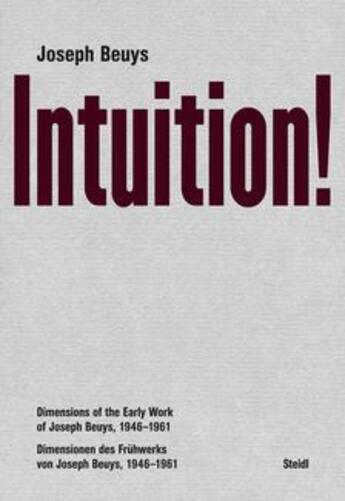Merci à toutes et à tous pour cette aventure collective
Passionné(e) de lecture ? Inscrivez-vous
gratuitement ou connectez-vous pour rejoindre la
communauté et bénéficier de toutes les fonctionnalités du site !

How Beuys combined his political, scientific, spiritual and artistic concerns into a compelling vision of "social sculpture".
This book examines the crucial period between Joseph Beuys' (1921-86) return to his hometown of Kleve after World War II at the age of 24 and his appointment as a professor at the Kunstakademie Düsseldorf in 1961. During this "incubation" phase, key themes relevant to his future work emerged, which structure this book: biography as material for artistic formation; poetry/romanticism; natural sciences: physics, chemistry, botany, zoology and geography; philosophy/anthropology and Steiner; economics, capitalism, labor, politics. The aim of this book, along with the 2021 exhibition of the same name at Museum Kurhaus Kleve for which it is the catalog, is neither to venerate a local saint of Kleve nor to topple an artist from an earlier generation. Instead it highlights the influences and ideas that saw Beuys develop from a "sensitive traditionalist" into a "visionary social sculptor."
Il n'y a pas encore de discussion sur ce livre
Soyez le premier à en lancer une !

Merci à toutes et à tous pour cette aventure collective

Lara entame un stage en psychiatrie d’addictologie, en vue d’ouvrir ensuite une structure d’accueil pour jeunes en situation d’addiction au numérique...

Un douloureux passage à l'âge adulte, entre sensibilité et horreur...

Blanche vient de perdre son mari, Pierre, son autre elle-même. Un jour, elle rencontre Jules, un vieil homme amoureux des fleurs...